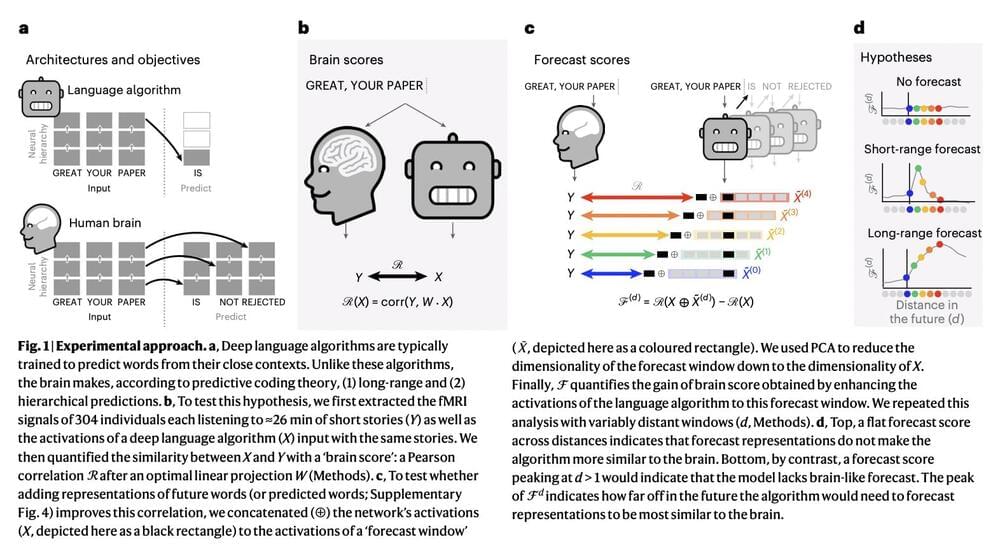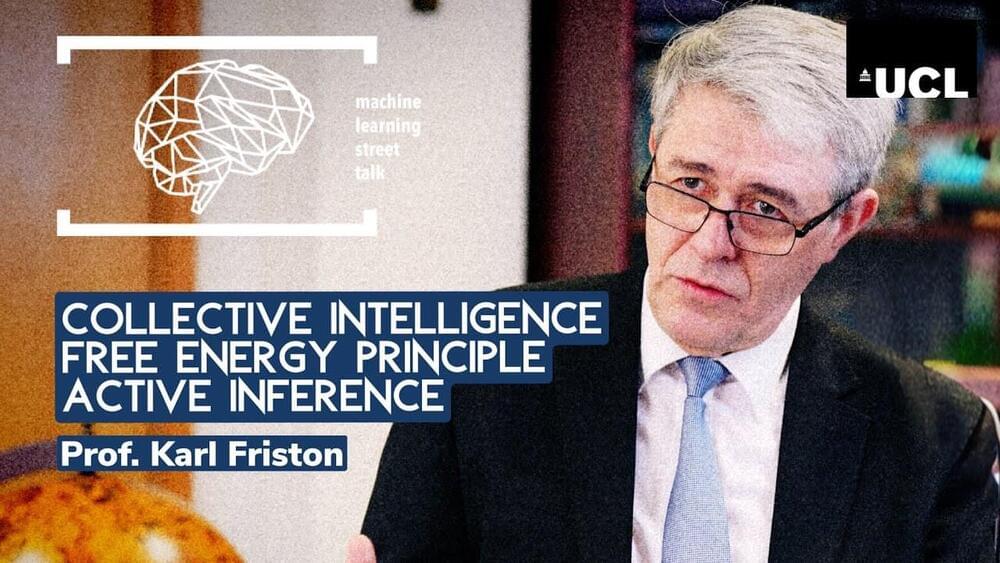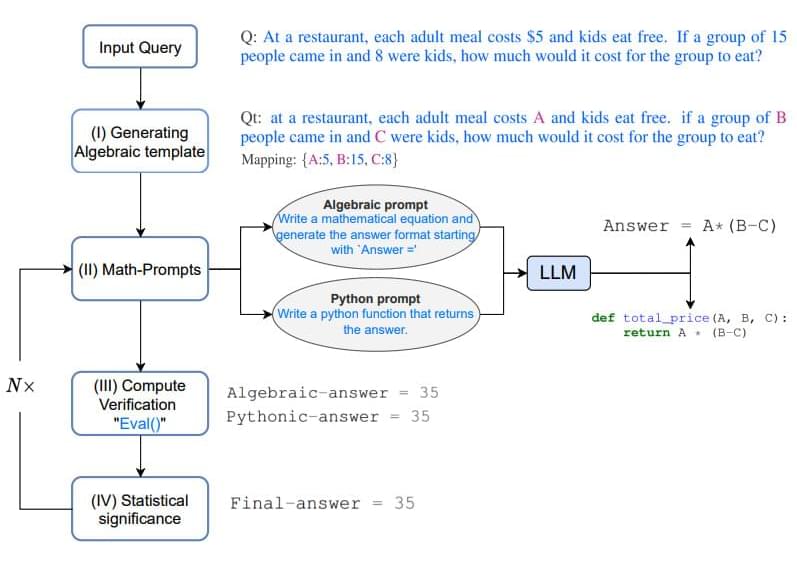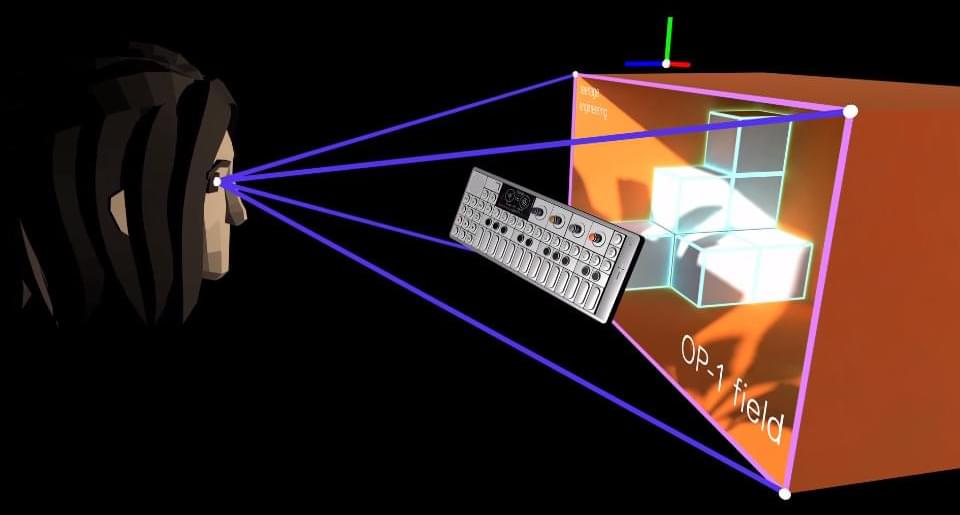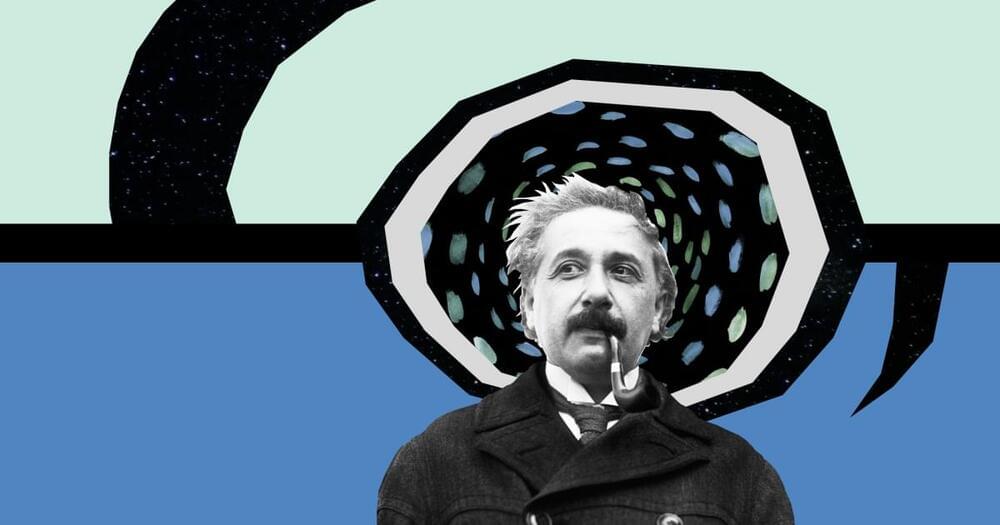Mar 14, 2023
Exploring The Ins And Outs Of The Generative AI Boom
Posted by Gemechu Taye in categories: business, information science, robotics/AI, space
AI or bust. Right now, AI is what everyone is talking about, and for good reason. After years of seeing AI doled out to help automate the processes that make businesses run smarter, we’re finally seeing AI that can help the average business employee working in the real world. Generative AI, or the process of using algorithms to produce data often in the form of images or text, has exploded in the last few months. What started with OpenAI’s ChatGPT has bloomed into a rapidly evolving subcategory of technology. And companies from Microsoft to Google to Salesforce and Adobe are hopping on board.
What started with ChatGPT has bloomed into an entire subcategory of technology with Meta, AWS, Salesforce, Google, Microsoft all racing to out innovate and deliver exciting generative AI capabilities to consumers, enterprise, developers, and more. Exploring the rapid progress in the AI space.




